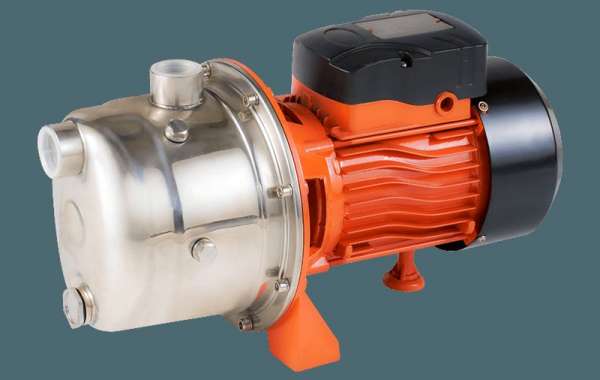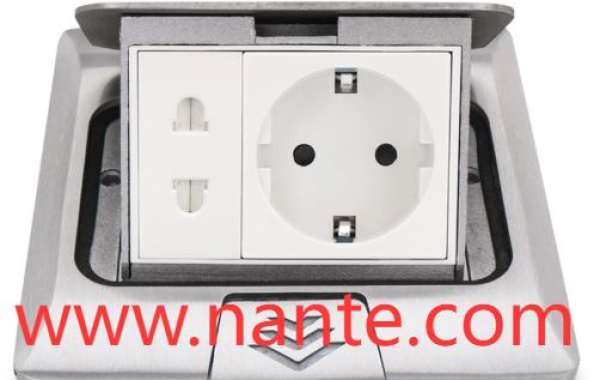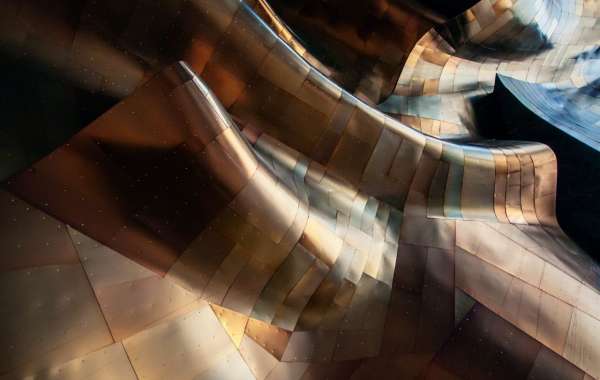Ejector pumps operate on fundamental thermodynamic principles to move fluids without mechanical components. These devices utilize the Venturi effect, where a high-pressure motive fluid creates suction to entrain and transport another fluid. The complete process occurs through three distinct stages that transform pressure energy into kinetic energy and back again.
The first stage involves the motive fluid accelerating through a converging nozzle. As the fluid passes through this constricted opening, its velocity increases while pressure decreases dramatically. This creates a low-pressure zone in the suction chamber that draws in the secondary fluid. The pressure at this point typically falls below atmospheric levels, enabling the pump to lift fluids from lower elevations.
In the mixing chamber, the two fluid streams combine turbulently. The high-velocity motive fluid transfers momentum to the slower secondary fluid, creating a homogeneous mixture. Proper design of this chamber ensures complete mixing while minimizing energy losses. Computational fluid dynamics simulations often optimize this component for specific applications.
The final stage occurs in the diverging diffuser, where the mixed fluid gradually decelerates. This reconverts kinetic energy back to pressure energy, allowing discharge at intermediate pressure between the motive and suction pressures. The diffuser angle critically affects recovery efficiency - too steep causes flow separation while too shallow increases friction losses.
Modern ejector pumps achieve efficiency through precision-machined components and advanced materials. Stainless steel construction resists corrosion in chemical applications, while specialized polymers handle abrasive slurries. Some designs incorporate multiple nozzles or adjustable throats to accommodate varying flow conditions. Proper maintenance focuses on nozzle inspection and diffuser cleaning to maintain performance.
Ejector pumps find applications where simplicity and reliability outweigh absolute efficiency. Steam ejectors create vacuums in power plants, while water-driven models handle sewage in municipal systems. Their ability to handle gas-liquid mixtures makes them ideal for refinery flare gas recovery. Recent innovations include computational design optimization and additive manufacturing of complex internal geometries.







